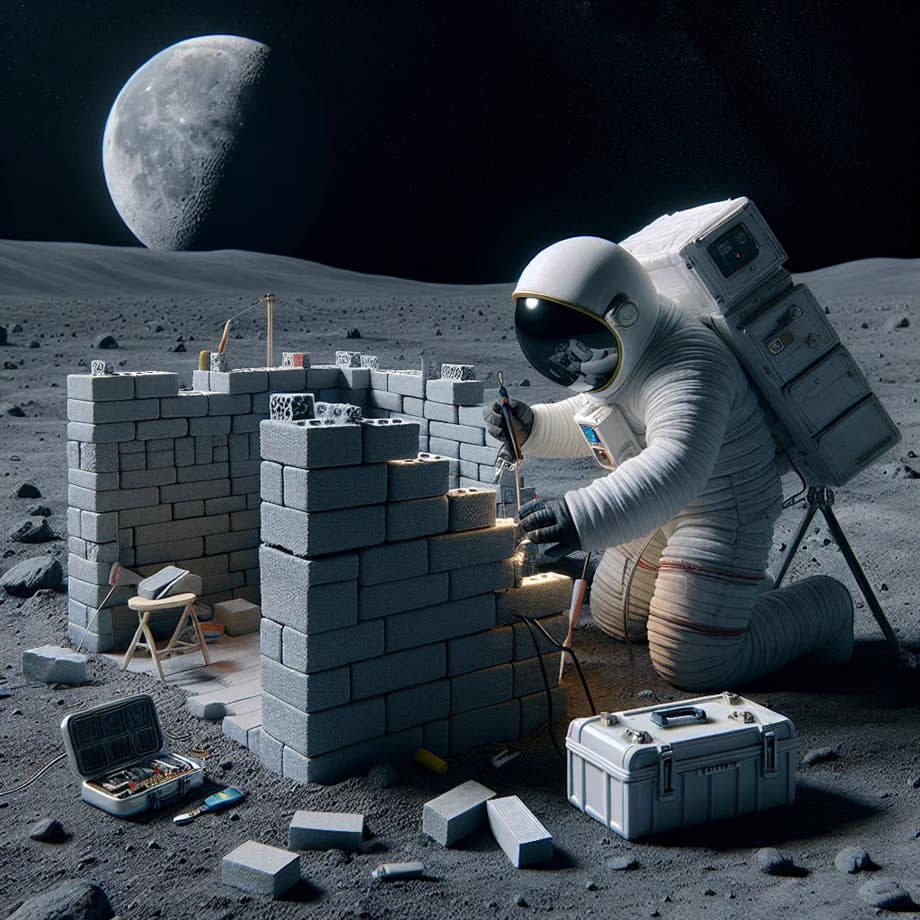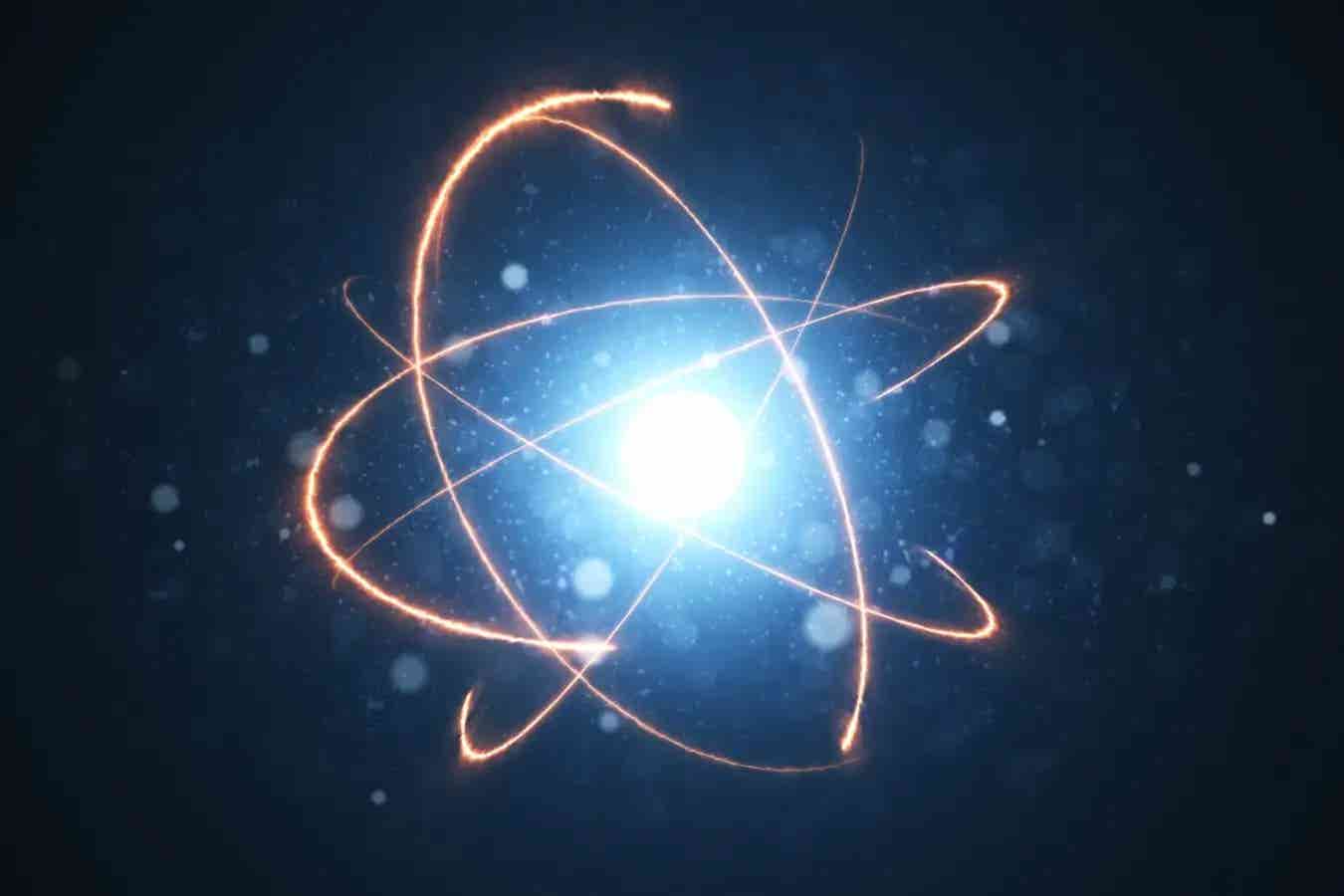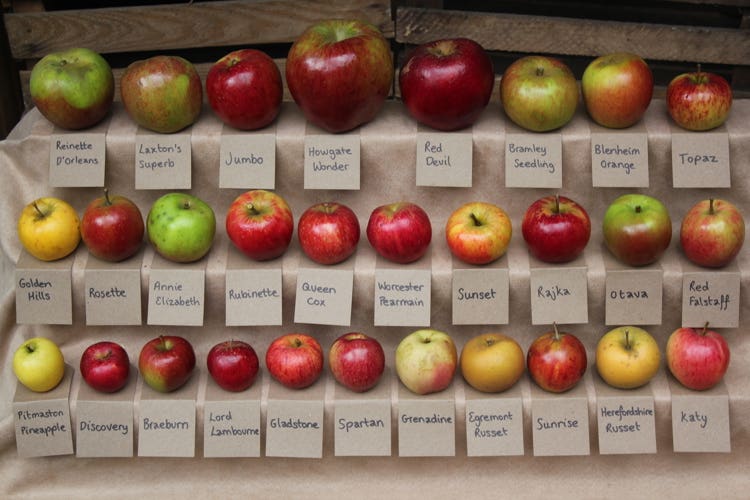New bacteria can repair bricks for stronger lunar homes
Scientists use bacteria-based technology to repair cracks in lunar bricks, paving the way for sustainable moon habitats.

Scientists are turning to bacteria to repair lunar bricks, offering a sustainable solution for building durable homes on the Moon. (CREDIT: CC BY-SA 4.0)
Humanity’s plans to build homes on the Moon are no longer just dreams; they're becoming a scientific reality. Scientists are working to turn lunar soil into sturdy bricks, and surprisingly, tiny bacteria might be the key. Understanding how this works—and why it matters—is critical as astronauts prepare for future long-term stays on the lunar surface.
The Push for Lunar Living
Interest in colonizing the Moon has surged recently. Past missions, such as NASA’s Apollo flights and the Soviet Union’s Luna landers, first revealed details about the Moon’s structure. Later missions like Chandrayaan-1 and Chandrayaan-3 found ice at the lunar south pole, an essential water source for future settlers. NASA’s Artemis missions now aim to establish a lasting human presence, making lunar settlement a realistic goal rather than science fiction.
Building on the Moon, however, faces a major challenge: transporting construction materials from Earth is extremely expensive and impractical. Scientists realized the solution could lie in using lunar soil, known as "regolith," to create building materials directly on the Moon. Regolith covers the lunar surface, formed by tiny meteorite impacts breaking down rocks into fine, powdery soil. Researchers discovered that heating or "sintering" this soil creates incredibly strong bricks—dubbed "synthetic space bricks."
"It's one of the classical ways of making bricks," explains Aloke Kumar, Associate Professor of Mechanical Engineering at the Indian Institute of Science (IISc). "It makes bricks of very high strength, more than adequate even for regular housing." This method can produce multiple bricks simultaneously, ideal for quickly building lunar habitats.
The Harsh Reality of the Moon's Surface
Yet, lunar conditions pose unique threats. The Moon has no atmosphere, exposing it directly to extreme temperatures and constant meteorite impacts. Temperatures can swing dramatically—from a blistering 224°F during the day to a freezing −298°F at night. Such shifts cause bricks to crack, weakening structures and endangering future astronauts.
Associate Professor Koushik Viswanathan highlights this risk: "Temperature changes can be much more dramatic on the lunar surface, which can, over a period of time, have a significant effect. Sintered bricks are brittle. If you have a crack and it grows, the entire structure can quickly fall apart."
Related Stories
To build a sustainable lunar base, researchers need a practical method to repair these cracks. Traditional methods used on Earth, like filling cracks with polymers or fibers, aren't feasible in space due to resource limitations.
Bacteria: A Surprising Solution
Scientists at IISc may have found the answer by turning to an unlikely ally—bacteria. They've developed a method called Microbially Induced Calcium Carbonate Precipitation (MICP). MICP relies on special bacteria that naturally produce calcium carbonate, the main component of shells and limestone. By mixing lunar soil simulant with these bacteria, calcium, and urea, the scientists created a slurry that effectively repairs damaged bricks.
The star of this process is a bacterium called Sporosarcina pasteurii. It breaks down urea into carbonate and ammonia. When calcium ions meet these carbonate ions, calcium carbonate crystals form. These crystals bind the lunar soil particles, filling cracks and strengthening the bricks. The addition of biopolymers, like guar gum from plants, further improves the brick's strength and durability.
Researchers previously demonstrated that this bacteria-based method worked well in forming bricks from lunar and Martian soil simulants. Now, they've shown it's equally effective at repairing cracks in already-made sintered bricks. The slurry containing bacteria successfully sealed artificial cracks, significantly boosting the bricks' strength and resistance to further damage.
“We were initially not sure if the bacteria would bind to the sintered brick,” Kumar admits. “But we found that the bacteria can not only solidify the slurry but also adhere well to this other mass.” The repaired bricks handled temperatures ranging from 212°F to 347°F—well above expected lunar extremes.
Sustainability and Efficiency
One major advantage of using bacteria for lunar construction is sustainability. Making cement on Earth releases significant amounts of carbon dioxide, a harmful greenhouse gas. Using bacteria instead drastically cuts emissions and energy consumption, creating an eco-friendly solution perfect for space settlements. The materials needed for bacterial cementation are also minimal compared to traditional methods.
Water remains essential, though recent lunar missions found substantial ice deposits. Researchers believe future astronauts could harvest this ice, making the process fully sustainable on the Moon. Scientists are also exploring lunar farming to grow guar plants, further reducing reliance on Earth's supplies.
"MICP is energy-efficient and cost-effective," says Kumar. "It's ideally suited for extraterrestrial environments where resources are scarce."
Testing Bacteria in Space
Despite promising lab results, questions remain about how bacteria will behave in real lunar conditions. Space’s extreme environment—radiation, low gravity, and harsh temperatures—might alter the bacteria’s performance.
"One of the big questions is about the behavior of these bacteria in extraterrestrial conditions," Kumar acknowledges. "Will their nature change? Will they stop doing [the carbonate production]? Those things are still unknown."
To answer this, IISc scientists are planning an experiment aboard India's upcoming Gaganyaan space mission. They'll send samples of Sporosarcina pasteurii into space, testing how microgravity and radiation affect its growth and carbonate production. "If that happens," Viswanathan says, "to our knowledge, it will be the first experiment of its kind with this type of bacteria."
Future Prospects and Challenges
The success of bacterial brick repair could transform lunar settlement plans. Instead of continuously shipping materials from Earth, astronauts could rely on locally-produced, self-healing bricks. This capability dramatically reduces costs and logistical challenges of maintaining lunar habitats, crucial for extended stays.
However, several hurdles remain. Scientists must confirm the long-term durability of bacterial repairs under real lunar conditions. Additionally, future studies should explore if lunar gravity and radiation influence bacterial growth and mineral production.
Still, these bacteria hold immense promise. If proven successful, they could become fundamental to humanity's first off-world colonies, reshaping how we think about extraterrestrial construction.
"We're optimistic," says Kumar. "These bacteria could open a new chapter for sustainable building on the Moon and beyond."
Research findings are available in the journal Frontiers in Space Technologies.
Note: The article above provided above by The Brighter Side of News.
Like these kind of feel good stories? Get The Brighter Side of News' newsletter.
Rebecca Shavit
Science & Technology Journalist | Innovation Storyteller
Based in Los Angeles, Rebecca Shavit is a dedicated science and technology journalist who writes for The Brighter Side of News, an online publication committed to highlighting positive and transformative stories from around the world. With a passion for uncovering groundbreaking discoveries and innovations, she brings to light the scientific advancements shaping a better future. Her reporting spans a wide range of topics, from cutting-edge medical breakthroughs and artificial intelligence to green technology and space exploration. With a keen ability to translate complex concepts into engaging and accessible stories, she makes science and innovation relatable to a broad audience.



